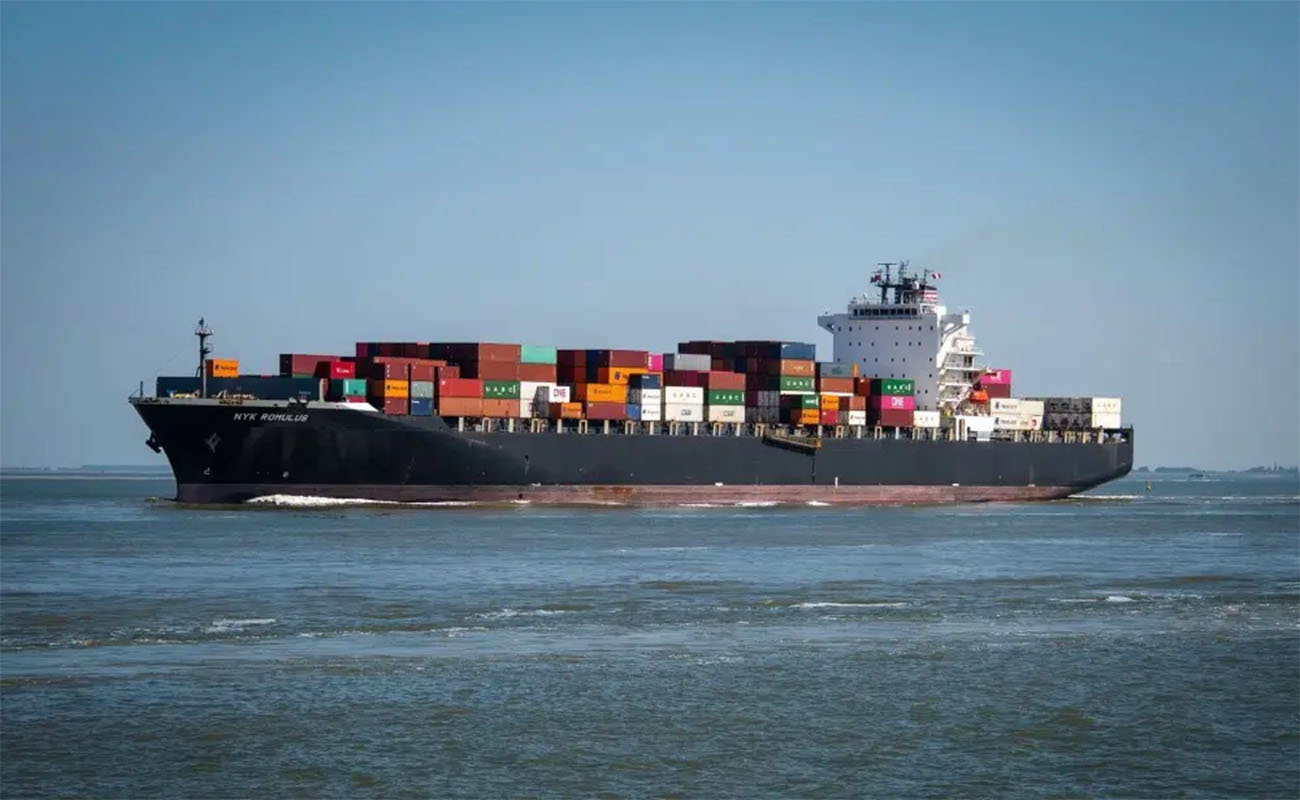
The first coastal cities to open up
2024 marks the 40th anniversary of the opening of China’s first 14 coastal cities. According to the 2023 statistical communique issued by these regions, the author estimates that by the end of 2023, the total GDP of the 14 coastal open urban areas will be 19.1 trillion yuan, accounting for about 15.1% of the GDP; Total import and export trade reached 10.4 trillion yuan, accounting for about a quarter of the country’s total import and export trade. In the first quarter of this year, among the top 30 cities with GDP, the first batch of coastal open cities occupied 10 seats, which is still an important engine of China’s economy.
In May 1984, the Central Committee of the Communist Party of China and The State Council approved the Summary of the Symposium on Some Coastal Cities, and decided to further open up 14 coastal port cities, namely Tianjin, Shanghai, Dalian, Qinhuangdao, Yantai, Qingdao, Lianyungang, Nantong, Ningbo, Wenzhou, Fuzhou, Guangzhou, Zhanjiang and Beihai. These port cities and the four special economic zones have formed the frontier of China’s opening up in the coastal areas from north to south, and have vigorously promoted the national economic construction.
Promoting reform and development through opening up is a successful practice of China’s reform and development. Reform and opening up have reshaped the face of these coastal cities, created new development opportunities and stimulated huge market vitality. Horizontal comparison of 14 coastal cities, although the development speed is fast and slow, the economic scale is large and small, but compared with their own past, earth-shaking changes have taken place.
In 1984, the container throughput of Shanghai Port was only 100,000 TEU, and in 2023, it has exceeded 49 million TEU, ranking first in the world for 14 consecutive years. Shanghai’s economic aggregate will reach 4 trillion yuan in 2021, and it is expected to become the first city in China with a GDP exceeding 5 trillion yuan in 2024. In 2023, Guangzhou became the first provincial capital city in China with a GDP exceeding 3 trillion yuan. In addition, Tianjin, Ningbo, Qingdao, Fuzhou, Nantong and Yantai are also trillion-yuan cities. Jiangsu Lianyungang has completed the leap from a traditional agricultural city to a port industrial city, from the former “marginal end” of transportation to a national comprehensive transportation hub. The “concentration” of private economy in Wenzhou, Zhejiang province reached “99999” : the number of enterprises accounted for more than 90%, the contribution rate to GDP, the proportion of industrial added value, the proportion of employees, and the proportion of tax revenue. The “golden signboard” in all kinds of open platforms in China – state-level economic and technological development zones were originally born in the first batch of coastal open cities.
The wonderful story of the first batch of coastal open cities is a vivid chapter in the grand cause of China’s reform and opening up. From opening up special economic zones such as Shenzhen, opening up coastal, border, river and inland central cities, to joining the World Trade Organization, jointly building the Belt and Road Initiative, setting up pilot free trade zones, and building free trade ports with Chinese characteristics… China’s reform and opening up continued to deepen, attracting foreign investment, outbound investment, import and export trade and other fields in a thousand competitive, all-dimensional, multi-tiered, wide-range of comprehensive opening up of the new pattern is accelerating. Today, China is the world’s second largest economy, the largest manufacturing country, the largest trading country in goods, the second largest consumer of goods, the second largest inflow of foreign capital and the largest foreign exchange reserve.
Opening-up is the hallmark of contemporary China, and the door of high-level opening-up is opening wider and wider. China’s negative list for foreign investment access has been reduced to less than 31 items, access to the manufacturing industry has been fully liberalized, and the opening up of the service sector has accelerated. China Import Expo, Canton Fair, Service Trade Fair, Consumer Expo four national exhibition “Day group”, to show the world China’s complete industrial system strength and super-large-scale market potential. According to statistics, nearly 54,000 new foreign-invested enterprises were established in China last year, an increase of nearly 40 percent year-on-year. In the first quarter of this year, the import and export volume of China’s trade in goods exceeded 10 trillion yuan for the first time, hitting a record high in the same period. The latest data show that in May, China’s import and export of goods trade increased by 8.6%, the growth rate further accelerated, highlighting the resilience of China’s foreign trade.
Since the reform and opening up, the coastal areas have been convenient, leading the trend, and leading the development all the way, but the economy is also the first to encounter “growing pains” : The supply of land, energy, labor and other factors of production is increasingly tight, and they are the first to face major challenges brought about by profound changes in the external environment in the countercurrent of economic globalization. China’s international influence, competitiveness and ability to allocate global factor resources need to be further improved. In response to changes and opening up new areas, we must unswervingly embrace reform, take the road of opening up, play the card of innovation, and seek greater space for development. While taking the lead in achieving high-quality development, we will continue to play a leading and exemplary role in a new round of opening-up at a higher level.

